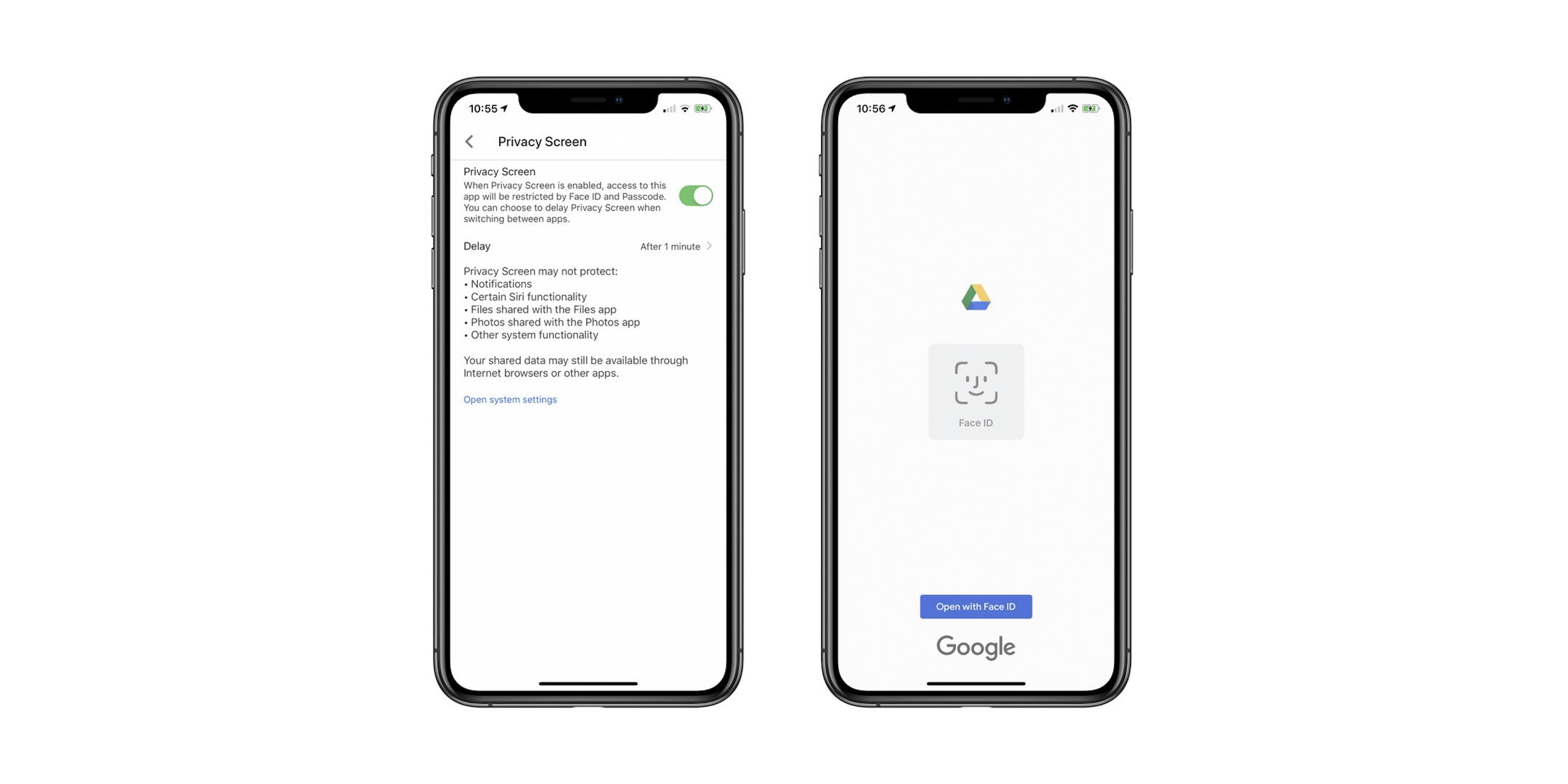

Run the mdutil -i on command the script spits out.These ports should be unused ports on your system. It will give you some prompts when it has found an account and to what port to change that account's SMB port to. Run this script with python3 change_gdrive_smb_port.py.Read over the script yourself so you know it's safe to run.Save this file somewhere as change_gdrive_smb_port.py (ex: curl -LO ).Quit Google Drive (click on the Google Drive icon in the menu bar, then click on the cogwheel, then click Quit).Here's a step by step workaround for Google Drive v49 (might not work in future versions): I'm wondering if allowing user management of kernel extensions will help this problem, as I'd rather not tamper too much with this work computer.
#BIG SUR GOOGLE DRIVE FILE STREAM INSTALL#
There are separate instructions for installing GDFS on an M1 Mac, but since my install worked pretty seamlessly I didn't boot into recovery mode or anything like it suggests in there. I'm hoping there's a workaround where the index will stick around so I don't have to enable it and wait everytime I boot the machine up. The only problem is that when I restart the machine it appears the index is gone and when I run sudo mdutil -s /Volumes/GoogleDrive/ it indicates that indexing is disabled. It takes a while to index the 80 gigabyte drive and then it works as I like it.

Spotlight does not automatically index the drive, and I need to run: sudo mdutil -i on /Volumes/GoogleDrive/ every time I boot the machine up.

However, it seems I am having problems indexing the drive with Spotlight. I rely on Google Drive file stream for my work and I have so far managed to successfully install the program. I recently got issued a Macbook Air M1, 2020 running macOS Big Sur 11.2.3.


 0 kommentar(er)
0 kommentar(er)
